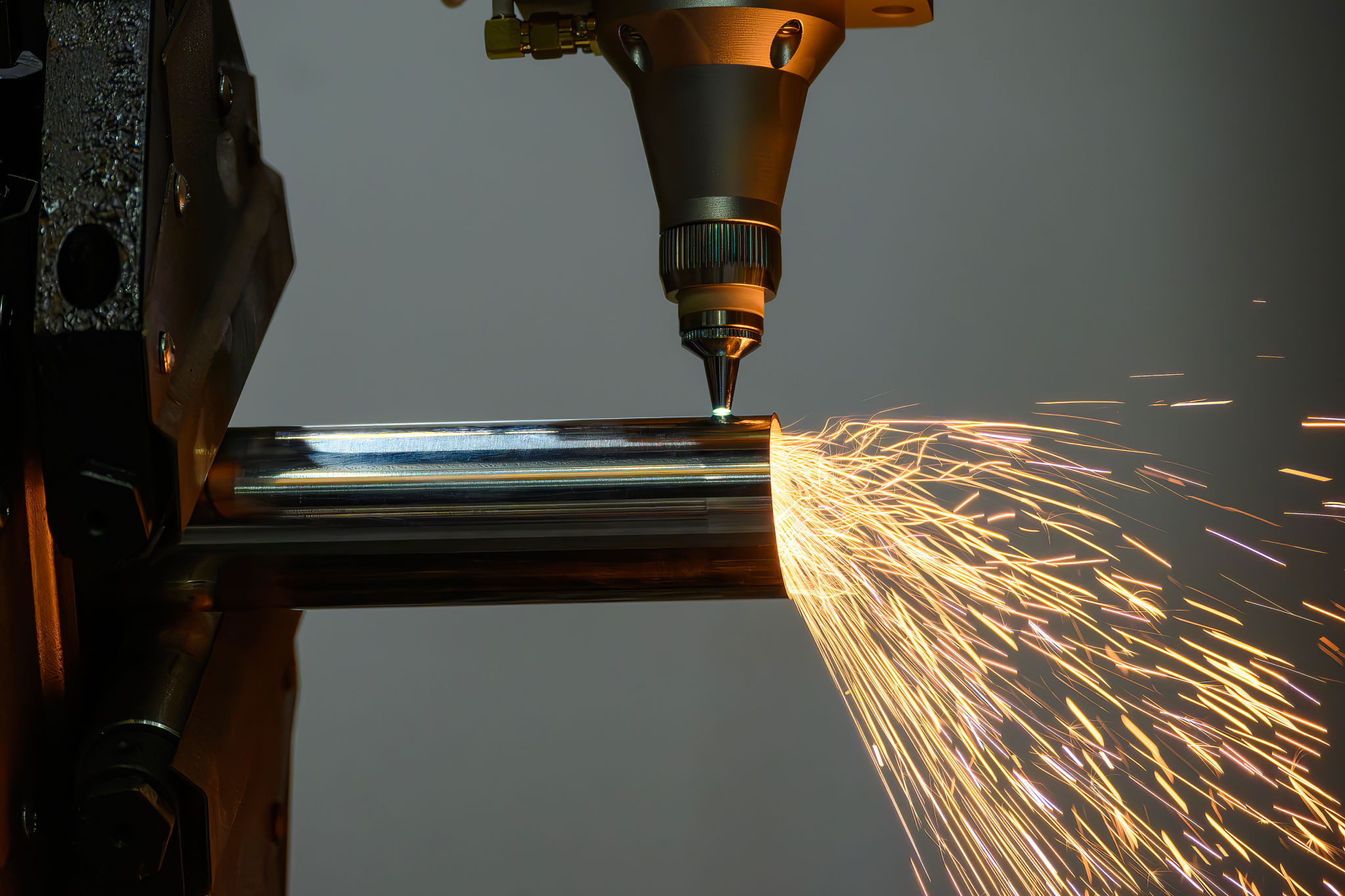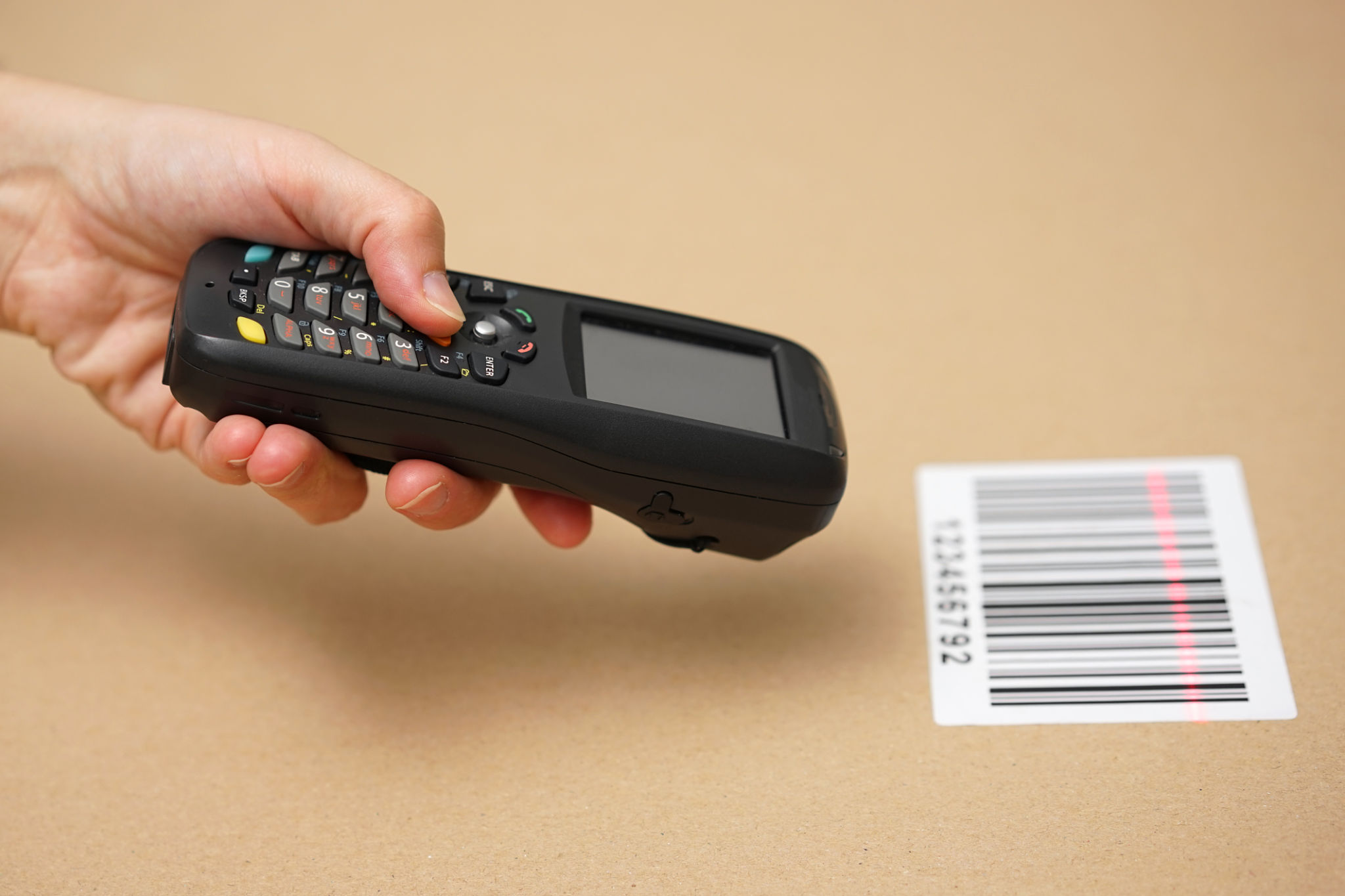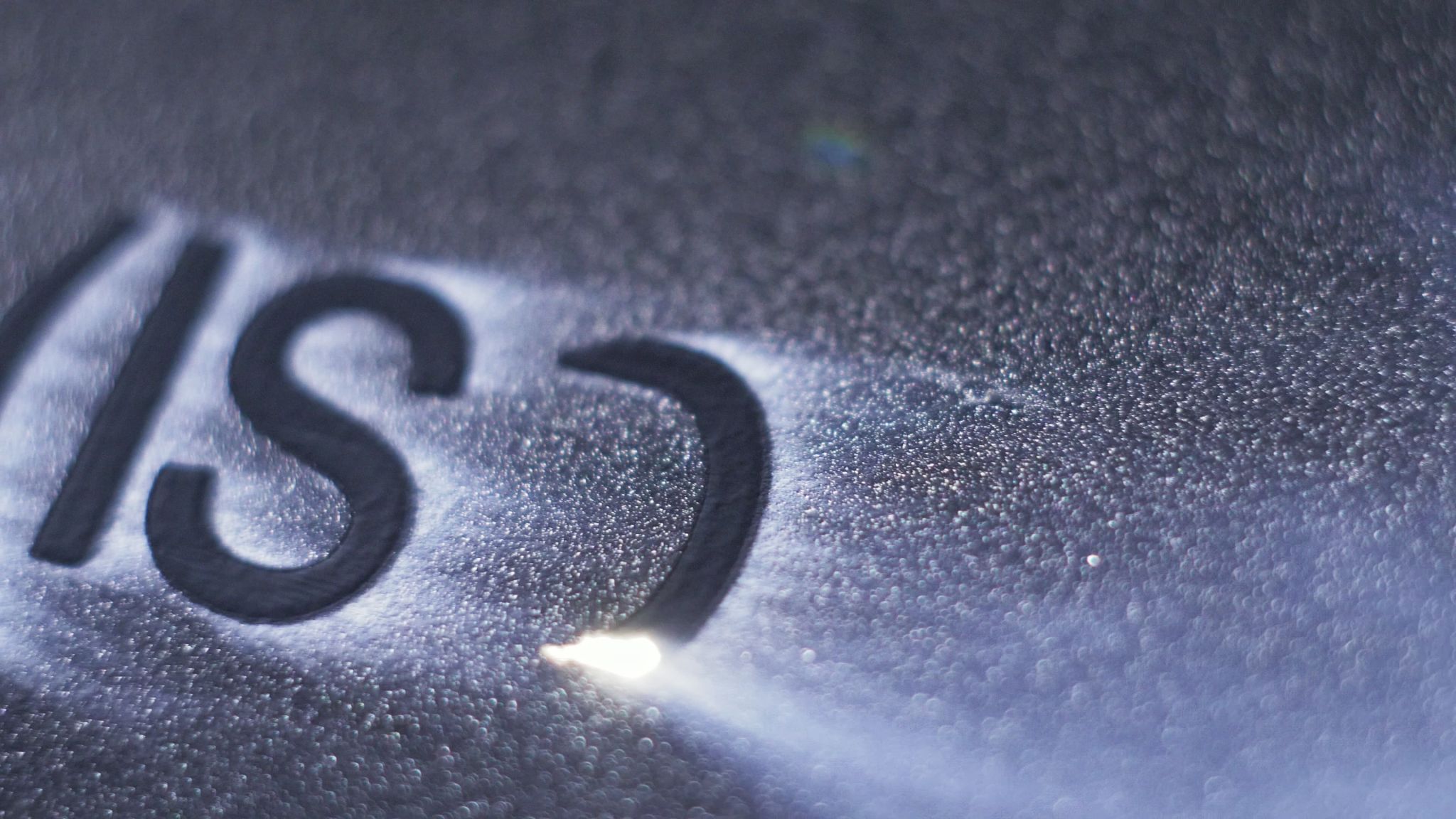Exploring the Latest Trends in Laser Engraving Technology
Revolutionizing Precision with Laser Engraving
Laser engraving technology has come a long way in recent years, providing businesses and hobbyists with the ability to create intricate designs with unmatched precision. This evolution has opened up a world of possibilities, from personalization to industrial applications. In this blog post, we'll explore the latest trends in laser engraving technology that are shaping the industry today.

Advancements in Laser Technology
One of the most significant trends is the advancement in laser technology itself. Modern laser engravers are now more powerful and efficient than ever before. With the introduction of fiber lasers, engraving on materials like metals has become faster and more precise. These lasers offer longer lifespans and require less maintenance, making them a popular choice for industrial applications.
Additionally, CO2 lasers continue to dominate the market for non-metal materials such as wood, acrylic, and leather. The development of hybrid laser systems that combine different types of lasers enables users to work with a broader range of materials without switching machines.
Integration with Smart Technology
The integration of smart technology into laser engraving machines is revolutionizing the way engravers operate. Many modern machines now come with built-in software that allows for easy design transfers from computers and even mobile devices. This connectivity facilitates remote operation, enabling users to control the engraving process from anywhere.

Moreover, the inclusion of artificial intelligence in laser engraving software helps optimize the engraving process by automatically adjusting settings for different materials and designs. This ensures high-quality results with minimal user intervention.
Eco-Friendly Solutions
As sustainability becomes increasingly important, eco-friendly solutions in laser engraving are gaining traction. Manufacturers are developing machines that consume less power and use fewer consumables, reducing their environmental impact. Additionally, the ability to engrave on recycled materials is becoming more common, promoting sustainable practices within the industry.
Companies are also exploring non-toxic alternatives for materials and finishes, ensuring that laser engraving remains a viable option for environmentally conscious consumers.

Customization and Personalization
The demand for customization and personalization in consumer products is driving innovation in laser engraving technology. Businesses are leveraging these capabilities to offer unique, tailored products that cater to individual preferences. From custom jewelry to personalized gifts, laser engraving allows for a high degree of detail and creativity.
Online platforms are facilitating this trend by offering user-friendly interfaces where customers can design their products before they are engraved. This not only enhances customer engagement but also streamlines the production process.
Expanding Industrial Applications
Beyond consumer products, laser engraving is finding increased application in industrial settings. Industries such as aerospace, automotive, and electronics are utilizing laser engraving for marking components with precision. This ensures traceability and compliance with industry standards.

The ability to engrave complex data matrices and QR codes onto small surfaces is proving invaluable for inventory management and quality control. As these applications expand, laser engraving technology continues to evolve to meet the demands of various sectors.
In conclusion, the latest trends in laser engraving technology highlight a dynamic field characterized by innovation and adaptation. As advancements continue, this technology will undoubtedly play a pivotal role in shaping industries and consumer experiences worldwide.